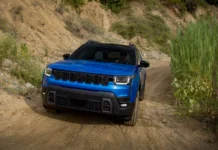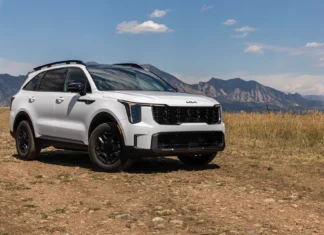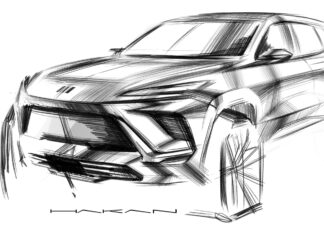
As it faces two investigations into recent incidents, Cruise told regulators it would recall its driverless cars.
After a pedestrian crash last month and other recent snafus, Cruise told the National Highway Traffic Safety Administration (NHTSA) it would recall 950 Chevy Bolt-based robotaxis to address a subsystem of its Automated Driving Systems (ADS) software.
At the heart of the issue is the case of a San Francisco woman, who suffered serious injuries after being struck by a hit-and-run driver into the path of a Cruise vehicle. When the robotaxi spotted the pedestrian, it was unable to stop in time and dragged her 20 feet while following its programmed directive to pull over to the side of the road.
California regulators pulled Cruise’s permits to operate entirely driverless vehicles in San Francisco, with state officials deeming the cars were a risk to public safety. The company, for its part, said it would voluntarily suspend autonomous operations without a human monitor behind the wheel nationwide, as it worked to fix the present issues and rebuild trust with regulators and customers.

“The recall addresses circumstances in which the Cruise collision detection subsystem may cause the Cruise AV to attempt to pull over out of traffic instead of remaining stationary when a pullover is not the desired post-collision response”, the company said in a statement Wednesday. While it noted the odds of a similar incident were rare — Cruise claims it would recur every 10 million to 100 million miles of operation — it aims to fix the problem through software updates. “As our software improves, it is likely we will file additional recalls to inform both NHTSA and the public of updates to enhance safety across our fleet.”
To more directly address October’s accident, Cruise says it plans to hire a Chief Safety Officer, who will directly report to CEO Kyle Vogt. While the company searches for a CSO, VP of Safety & Systems Dr. Louise Zhang will temporarily fill that role. The company also hired third-party law firm Quinn Emanuel to review the circumstances of the incident and the company’s response.
Cruise also planned to launch its own, first-party autonomous vehicle called the Origin. In light of the recent events, it announced it would pause development on that vehicle, which had no steering wheel or human controls at all.
























